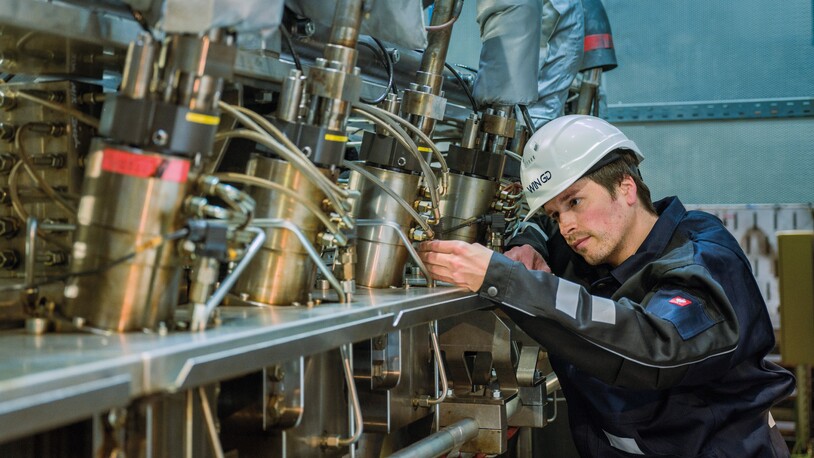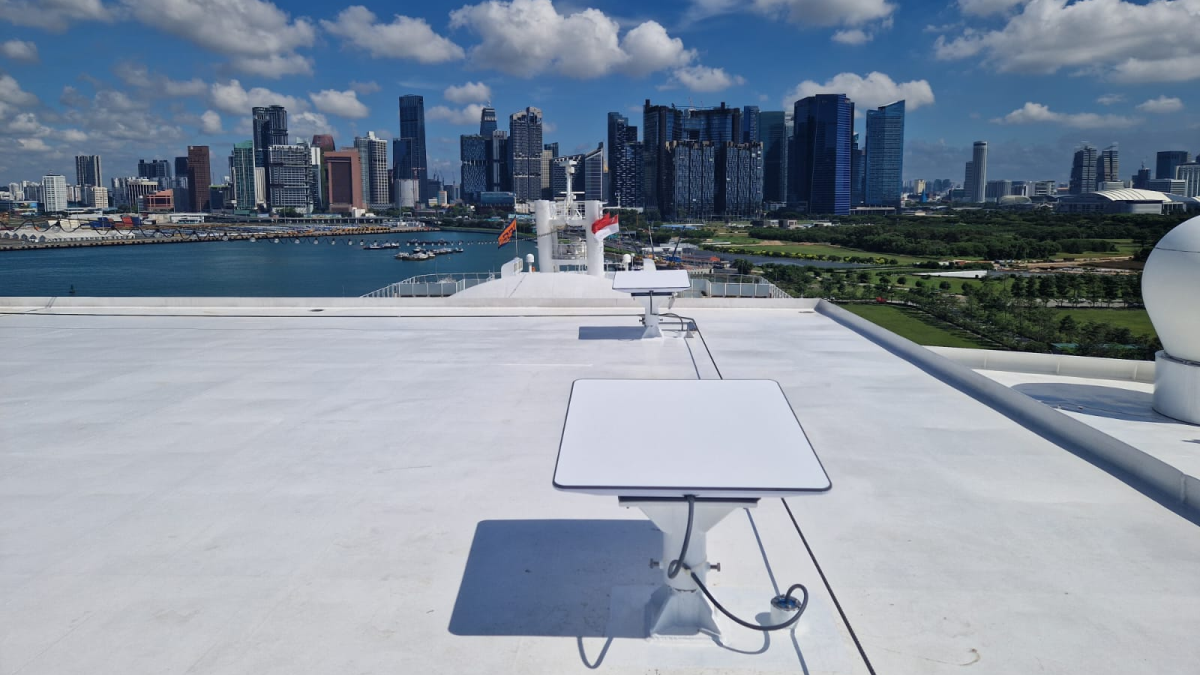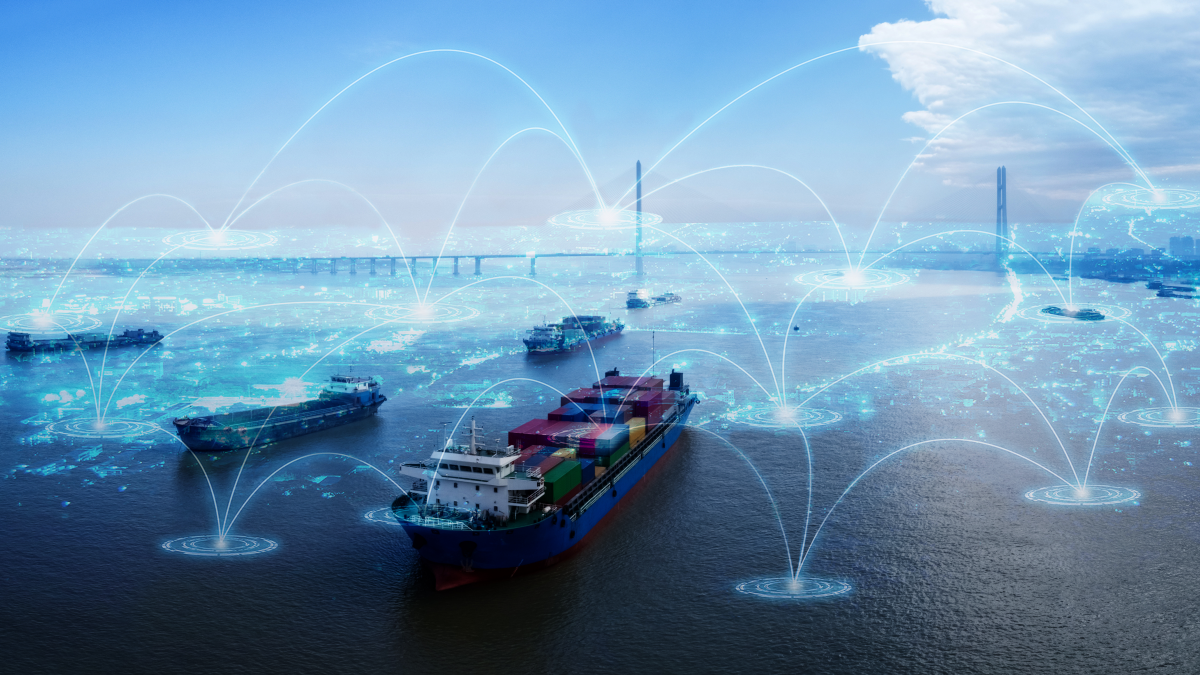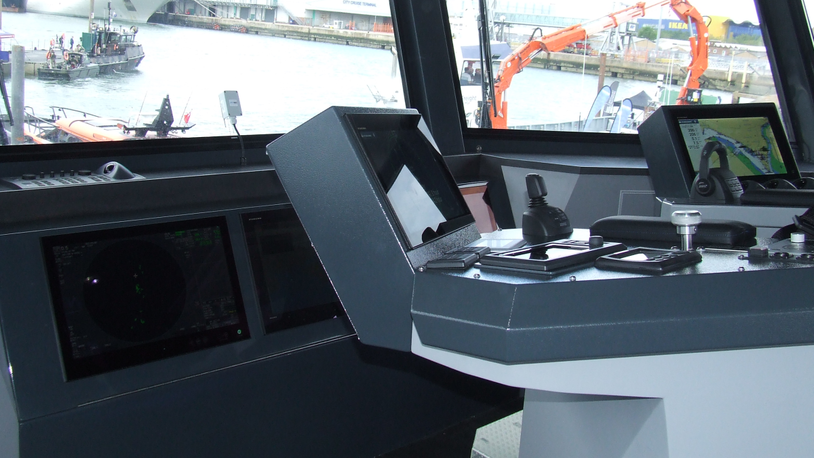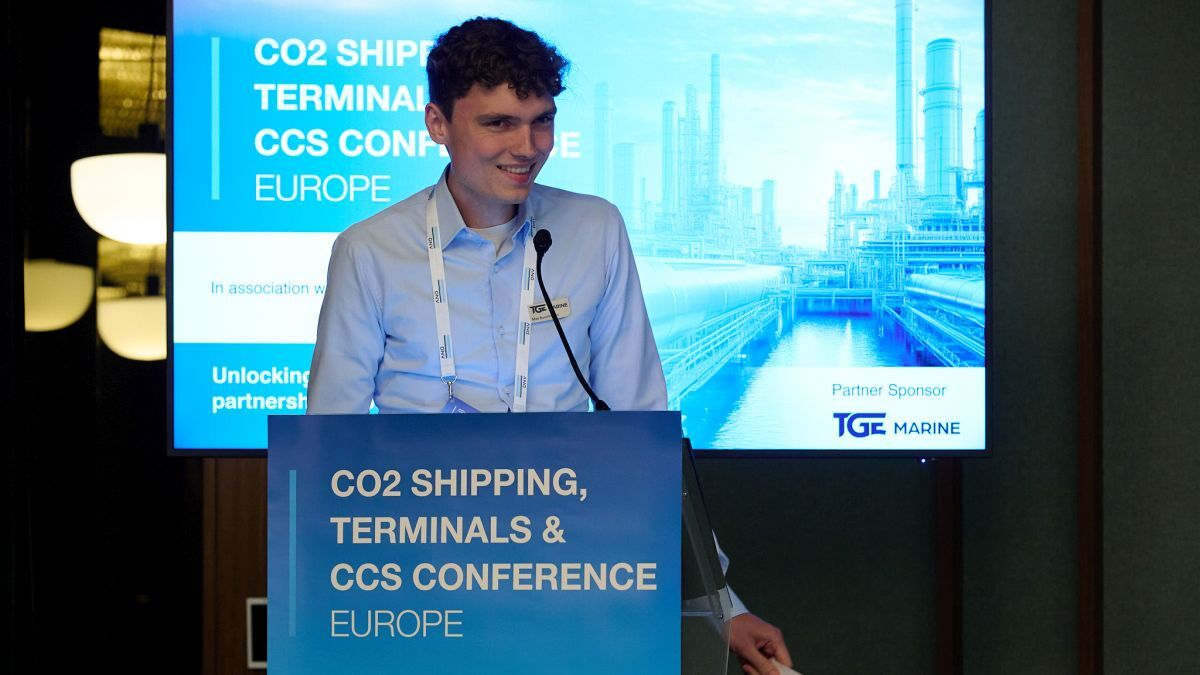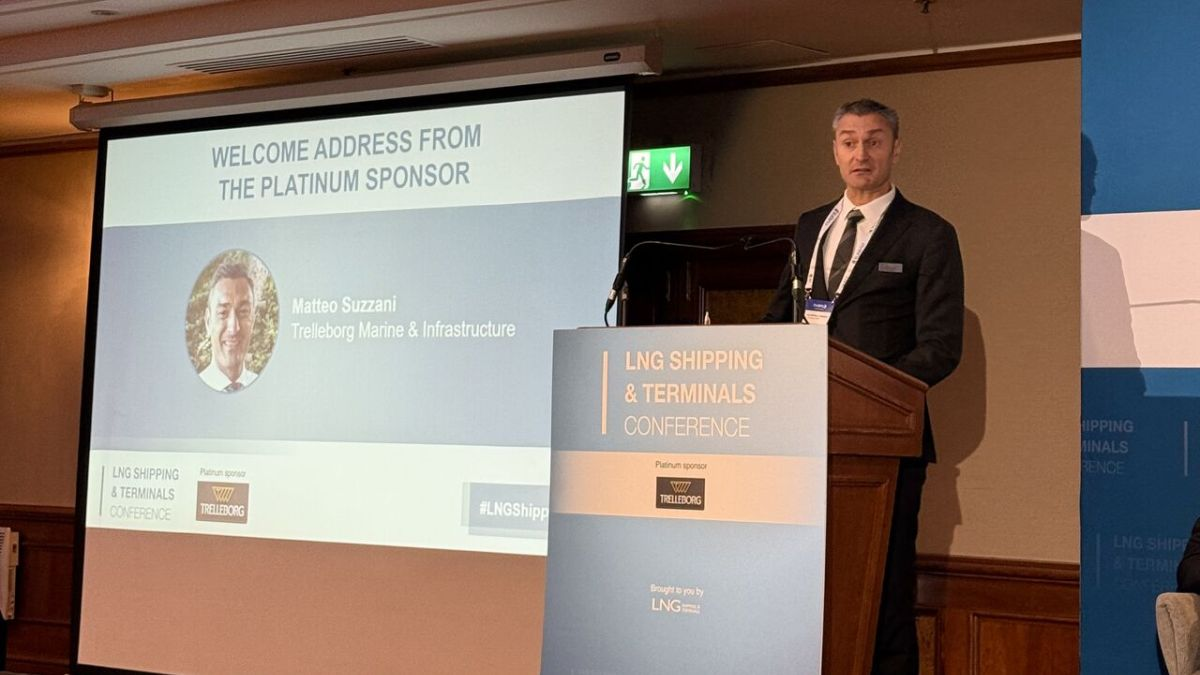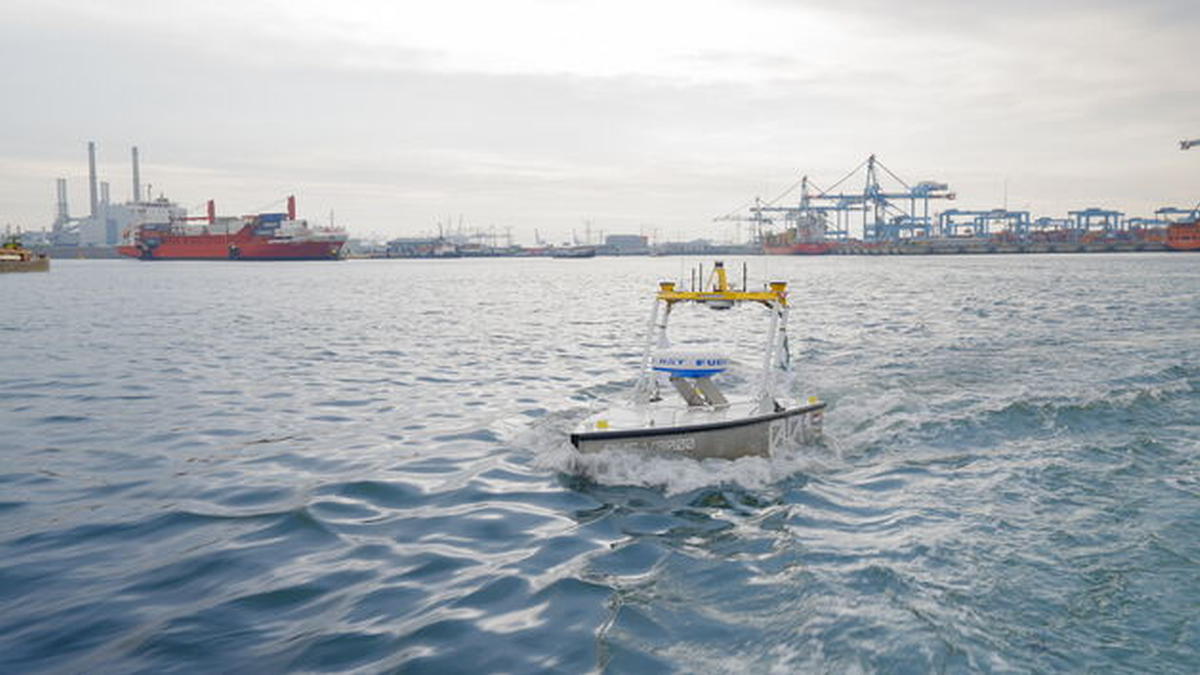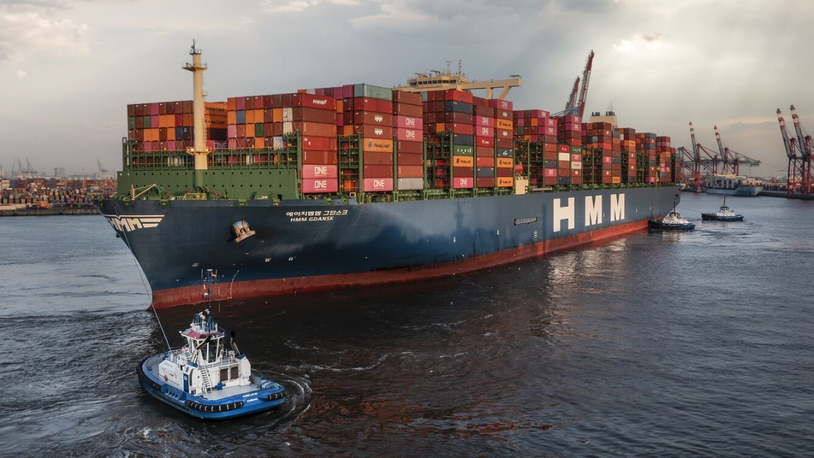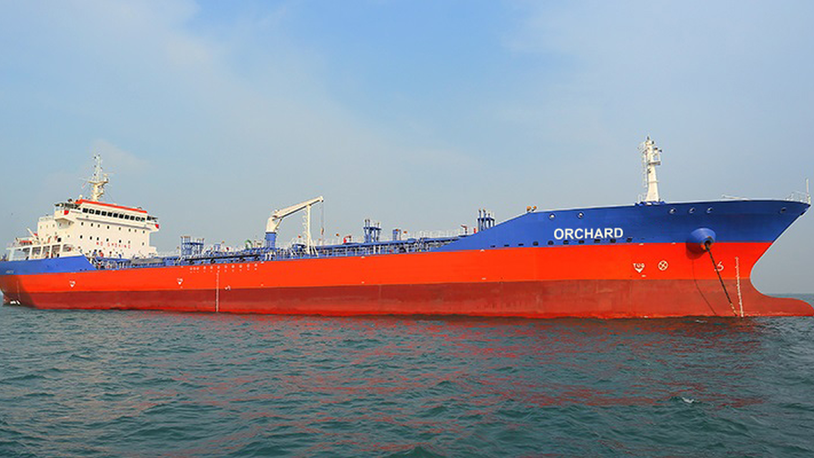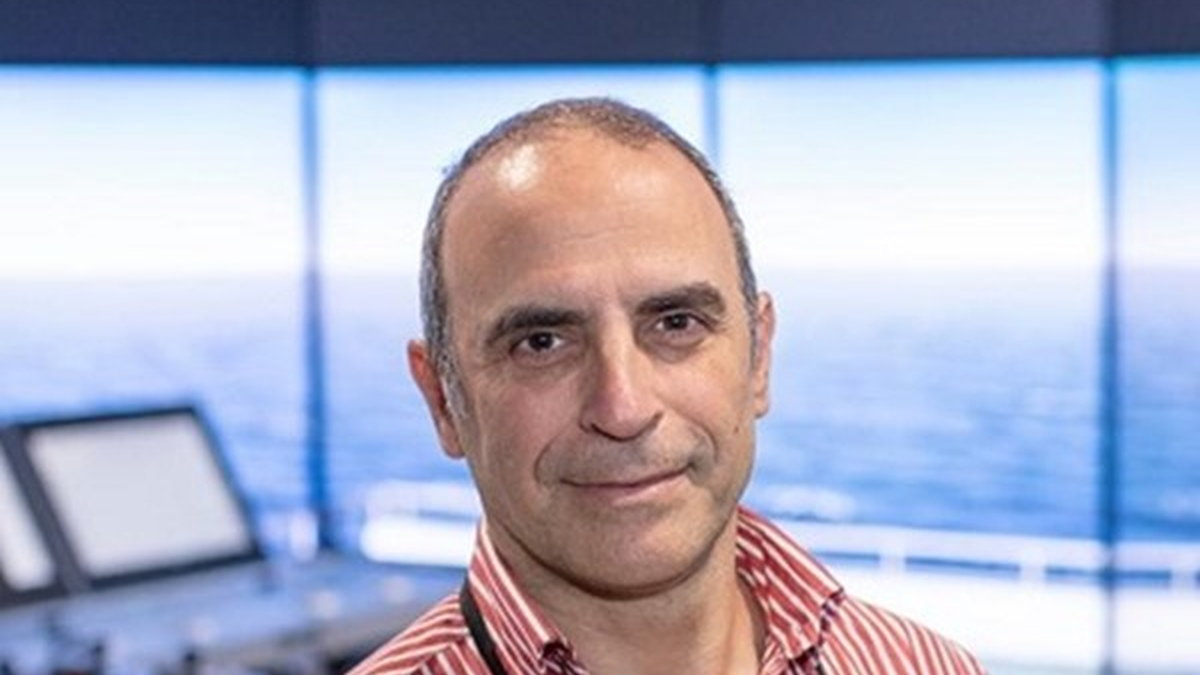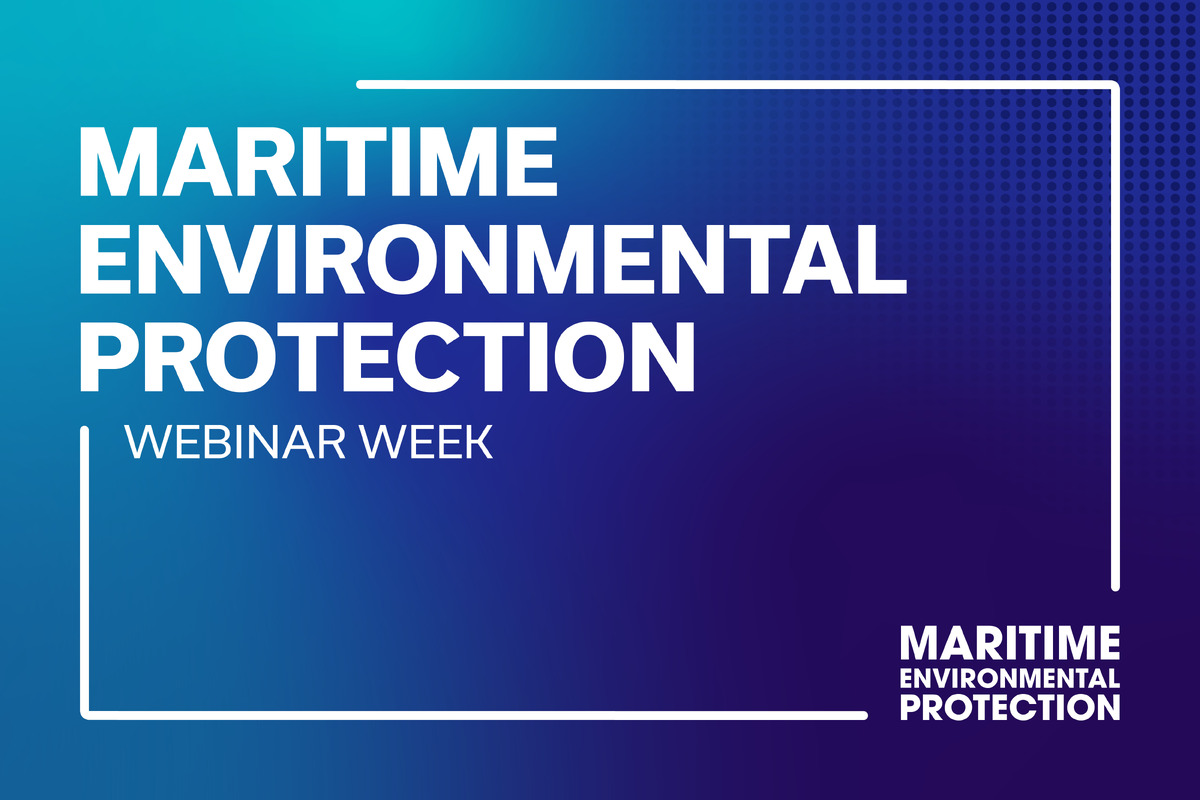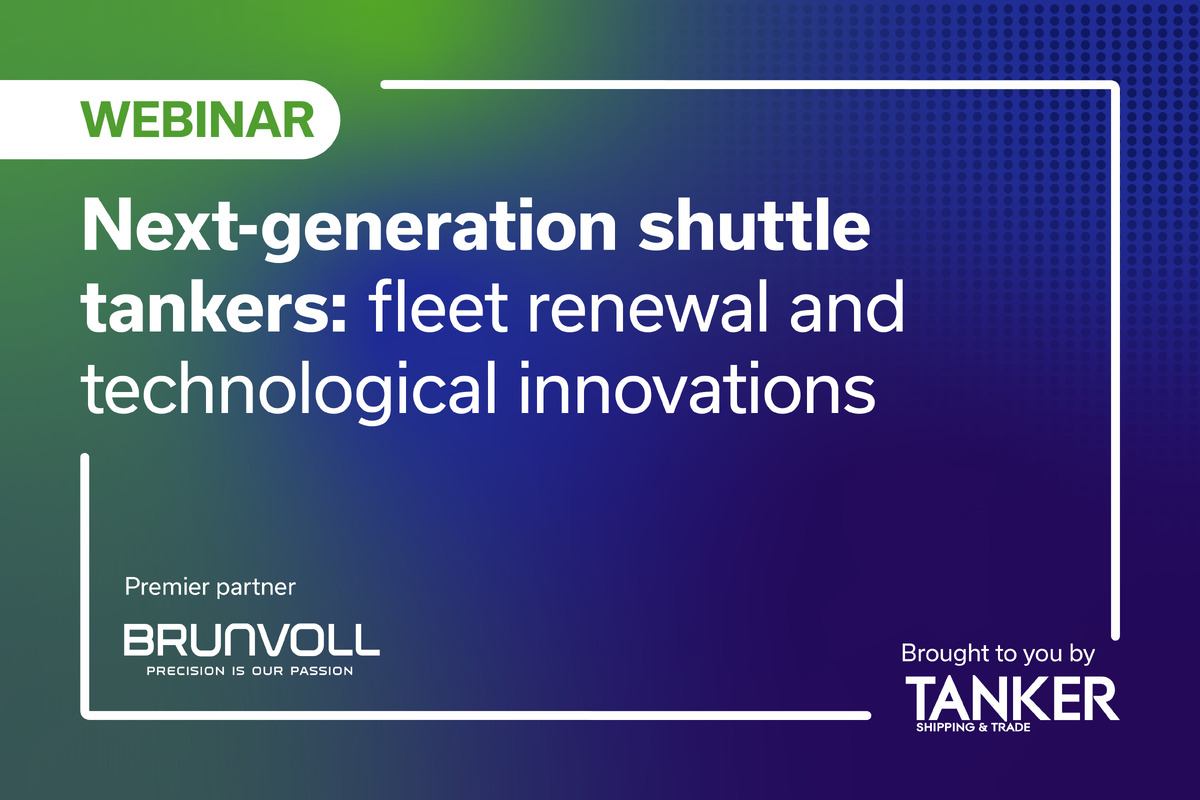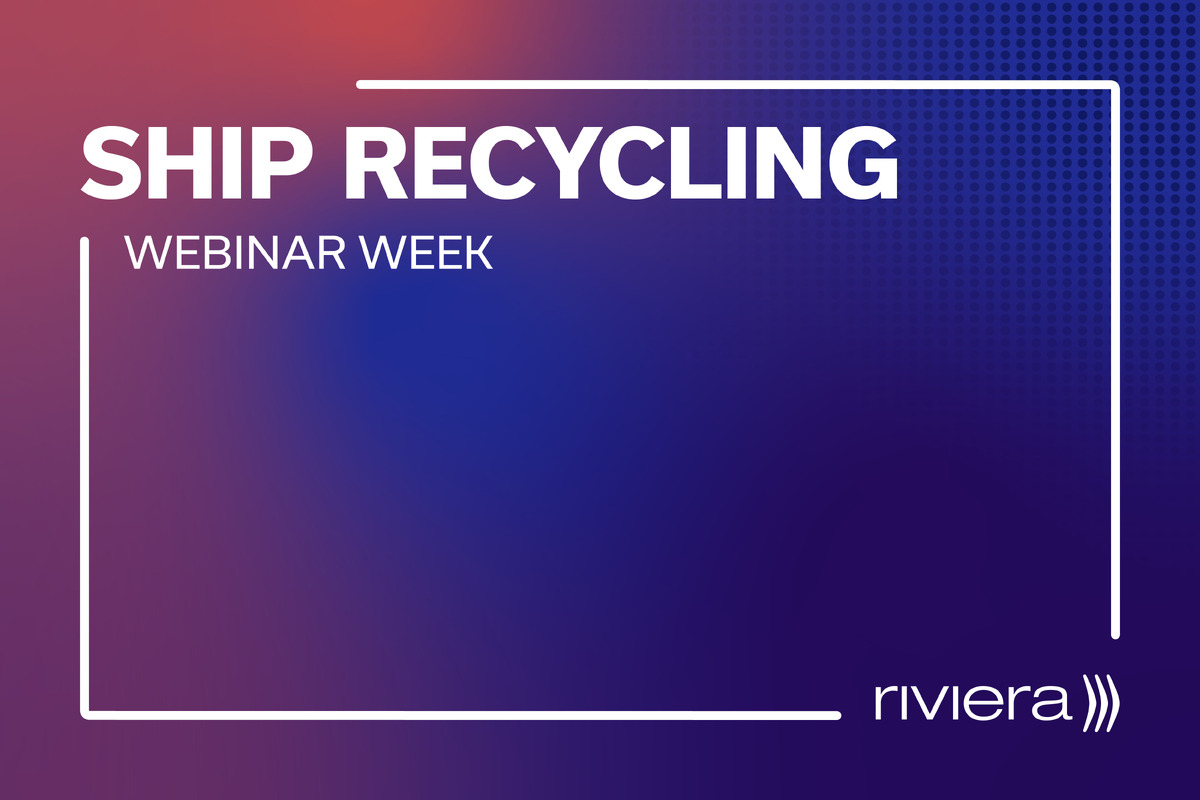Business Sectors
Events
Marine Coatings Webinar Week
Contents
Register to read more articles.
The top five trends in maritime technologies in 2024
Maritime Optimisation & Communications editor Martyn Wingrove previews the technologies and trends set to influence the maritime world in 2024
Global LEO becomes primary satcoms
Data and information communications is growing exponentially in maritime, driving demand for satellite connectivity at sea, with more users competing for bandwidth.
New constellations of low earth orbit (LEO) satellites have been introduced in the past two years – primarily OneWeb and Elon Musk’s SpaceX’s Starlink.
These bring low-latency, fast communications, measuring 200 Mbps per ship, compared with around 20 Mbps for vessels using very small aperture terminal (VSAT) hardware and under around 500-750 kbps for L-band, all download speeds.
Shipowners, managers and operators are raving about installed Starlink equipment and services for a revolutionary shift in satellite communications for crew welfare and operations.
For the first time, crew can video call family and friends and access social media and media streaming services, but this all racks up data and bandwidth demand.
Its low latency enables hybrid clouds for onboard applications, which are becoming critical to operations, ship safety and regulatory compliance.
All these need reliable, dedicated connectivity that is segregated from seafarer communications and cyber secure. It is worth repeating this is critical for maritime safety and security, and what will keep geostationary (GEO) satellites vital for ship communications.
There are still many challenges with LEO communications to be ironed out, such as licensing and access to satellites, which is not possible in Chinese or Russian waters, in much of the Middle East and is limited in India and the eastern Mediterranean and Black Sea.
But this will eventually be sorted out, leading to LEO becoming the primary communications service on ships and GEO-driven VSAT becoming its back-up or devoted to important ship operations and charterer requirements.
Digitalised ships deliver data streams to owners, charterers and OEMs
Digitalisation is an all-encompassing super-trend that is encapsulating shipping and other sectors of maritime – leading to applications for optimising vessels, operations and supply chains.
What began with navigational sensors and voyage data recorders, led to connected and integrated bridge systems, ECDIS and voyage planning systems. It has been rapidly evolving with the implementation of internet of things (IoT) technology enabling networks of sensors streaming machinery data to the central control centre on board.
This data can be analysed by crew and developed by computerised applications to identify performance issues and maintenance requirements. Data can then be uploaded to a cloud-based facility that provides access to owners, operators, managers, charterers and even original equipment manufacturers (OEMs), if they are given access, to record, analyse and benchmark.
Information from ships will be used to report emissions, fuel consumption and other requirements for regulatory compliance, especially as IMO’s carbon intensity index and European Union’s Emissions Trading Schemes begin to bite.
IoT and real-time data will become a valuable commodity for the maritime industry as OEMs will use these streams to support owners, alert them to upcoming problems, deliver predictive maintenance and design more effective, efficient engines and other engineroom and deck equipment.
Charterers will get real-time data for monitoring and reporting on vessel voyages, emissions, performance and cargo condition.
With so many benefits, all ships will eventually be equipped with high-frequency data collection and transmission technology enabling IoT and real-time data to be initially processed on smart edge computers and then sent over LEO and VSAT to cloud hubs with access provided to all key stakeholders, including regulators, insurance providers and port authorities.
Cyber security bolstered after global attacks
With more ships connected to shore through satellites and digitalisation, there is a greater need for pumped up cyber security to prevent ships being targeted and threats infiltrating onboard networks.
The vast majority of cyber attacks and malware are held back by firewalls, antivirus software and other secure fences, but the vast number of attempts and ingenuity of cyber criminals means inevitably some will get through. When they do, shipowners, managers, operators, crew and shore staff, plus port authorities, terminal operators, insurers, flag states and registries must be prepared. But they will not all be ready for the attacks that are coming in 2024.
Security experts are constantly tackling the barrage of cyber attacks on infrastructure, networks, IT, computers and mobile devices – there are so many and many are not reported, let alone admitted.
Attacks and threats come from state actors, rogue states, criminals, opportunists, youthful hopefuls and unhappy ex employees. They can be malware, ransomware and ramped up to full-blown devastating viruses, worms and trojan horses.
It is likely in 2024 that cyber security will not keep up with developments in threats and one day a criminal will get more than just valuable information on passengers, cargo, ports and senior shipping staff. They will want more than to just shut down IT networks and freeze servers – they will want the ship.
Connected ships with ECDIS linked to the internet make it possible for hackers to enter a ship’s navigation system and take over the helm. Or they could just jam or spoof the GPS or other positioning system.
Once in full control, they could cause a ship crash or ground or take it to another port or destination – perhaps use its size to close a major port or important sipping lane and infrastructure.
To prevent this scenario, ship operational technology needs to be fully segregated from the IT. Those on board – including crew, vendors, OEMs, integrators, port and class inspectors, etc, need to be trained to not use memory sticks, which could host viruses or malware.
Shipowners need to go beyond IMO cyber risk management requirements and invest in full packages of enhanced cyber threat detection, security and response solutions.
They need specially designed insurance packages and on-call services to assist if there is a security risk or breach and recovery is required.
Cyber risk and security is global and indiscriminate. What starts as a state-backed attack on infrastructure can lead to the closure of ports and terminals, destruction of shipping company networks and IT, loss of information and drive owners back to the stone age in terms of communications.
AI takes centre stage in optimisation
Computers are learning how to run different aspects of maritime systems and could one day in theory become a shipping company without human intervention.
Science fiction is steadily becoming reality with artificial intelligence (AI) becoming more involved in ship operations, voyage planning and optimisation. Machine learning and AI are becoming part of ship reporting with data going through algorithms for cleaning, trending and benchmarking.
Automated reports are generated on ships and transmitted to shore for environmental reporting and regulatory compliance. But this is just the tip of what is possible.
At one of the main shipping events in 2023, the opening presentation was created entirely by AI with an actor providing the on-stage presence. It is an example of how AI is becoming part of maritime life.
Potential uses of AI are faster data processing to provide greater insights to seafarers for safer navigation, for predictive maintenance and better crew training.
AI could be used to optimise vessel operations and to reduce emissions and fuel costs for owners. It optimises voyages for the greatest efficiency, but there are questions whether this leads to safety risks in adverse weather and sea conditions.
Voyages can be optimised for just-in-time port arrival and enhanced management of port infrastructure and services, such as tugboat and pilot scheduling. It will enable shipping to adopt fully digitalised arrivals and departures within green corridors.
AI could also generate value-added services and business opportunities, with owners able to install sensors on vessels to map and survey seabed and marine environments in and around ports, in shipping lanes and in coastal waters during their voyages.
This information would be valuable to ports, governments, hydrographic offices and environmental agencies and organisations, thus generating new revenue streams for owners.
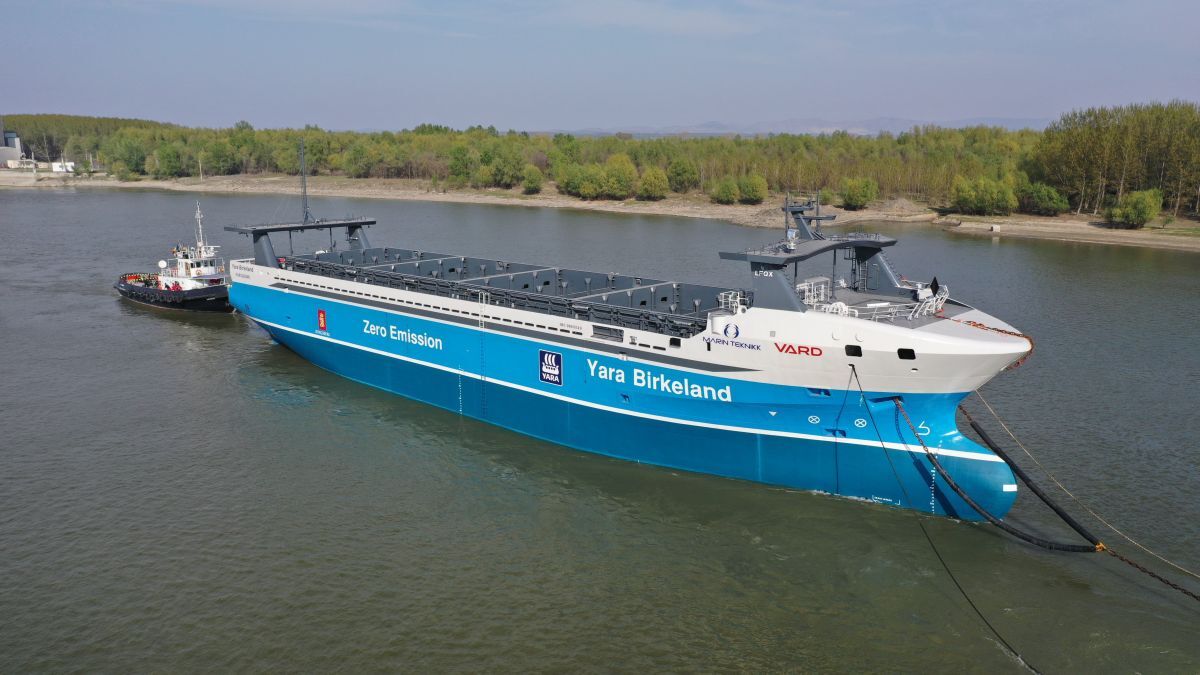
Remote control and autonomous ships
Technology already enables remote operations, services and assistance on ships and other vessel types. Crew can use smart glasses and connectivity to converse with shore-based experts for maintenance.
Class societies and other survey and inspection services can perform these activities remotely with support from seafarers, for example for annual bridge equipment and dynamic positioning system surveys.
Ship communications and developments in AI are enabling more remote solutions and shore-based assistance in increasing areas. The maritime industry is gradually introducing remote ship operations, starting in the offshore industry where unmanned vessels are conducting seabed surveys for cable and pipeline routes.
Companies behind these surface drones admit geotechnical drilling will need manned ships, but there is more demand for unmanned vessels for other surveys.
There are a few demonstration ships where crew remain on board, but computers navigate them on shortsea routes. More of these projects are coming to fruition and are enabling shipowners to fully test their capabilities and aim for unmanned ships.
Autonomous ships will sail around non-congested seas with a minimal crew on board for maintenanc, emergency intervention and support. These ships will be remotely monitored from shore centres, providing intervention where required to prevent incidents.
AI is enabling autonomous navigation through hazard detection and avoidance, preventing collisions and using ECDIS for voyage information and automatic identification system (AIS) for identifying other vessels to avoid.
Digitalisation and IoT provides data and information to onboard computers and to remote support and operating centres over satellite communications or mobile networks if close to coastlines, all with redundancy in case of an issue. Cyber security provides the assurance that these are infallible systems.
Sign up for Riviera’s series of technical and operational webinars and conferences in 2023:
- Register to attend by visiting our events page.
- Watch recordings from all of our webinars in the webinar library.
Related to this Story
Events
Marine Coatings Webinar Week
Maritime Environmental Protection Webinar Week
Ship Recycling Webinar Week
© 2024 Riviera Maritime Media Ltd.

